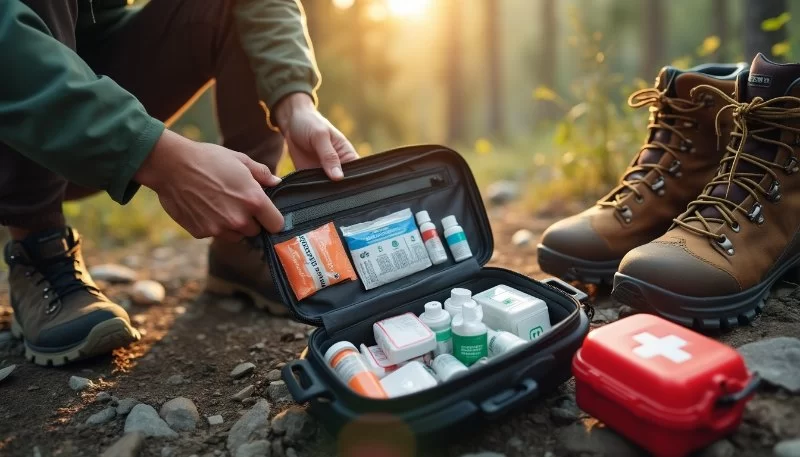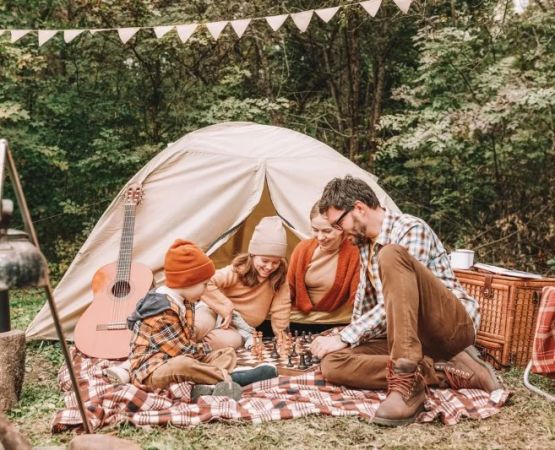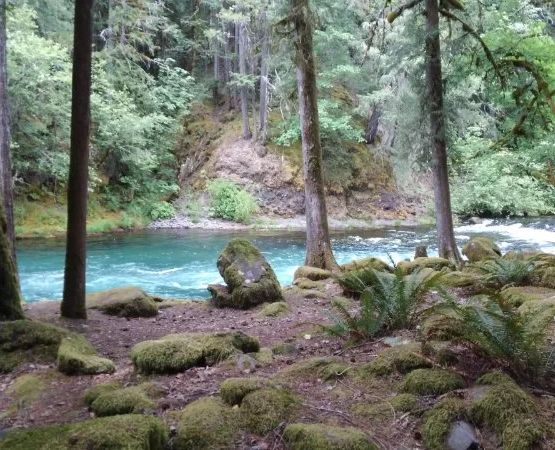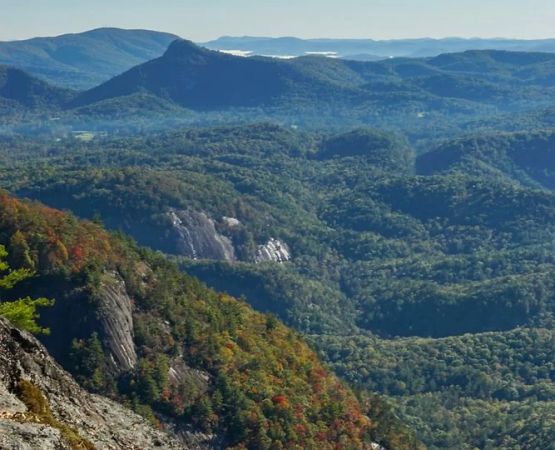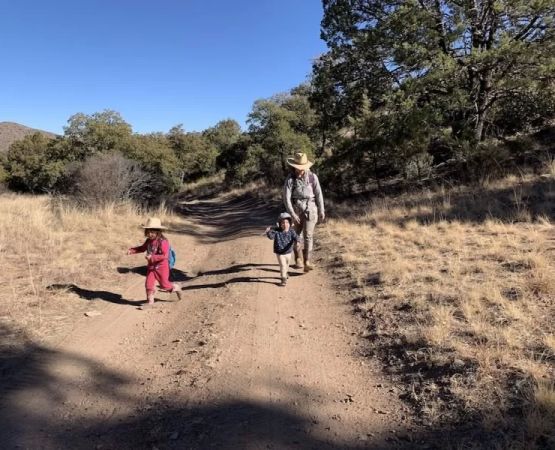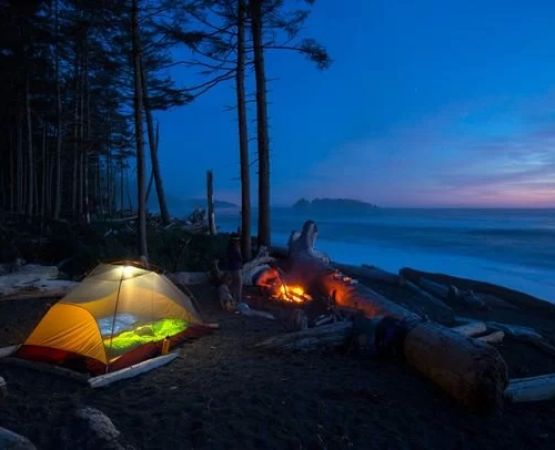- 1 - Why a First Aid Kit is Essential for Solo Travelers
- 2 - Assessing Your Personal Health and Travel Needs
- 3 - Must-Have Contents of a Backpacking First Aid Kit
- 4 - Balancing Weight and Functionality
- 5 - Real Stories from Solo Backpackers
- 6 - Expert Recommendations for Choosing a Kit
- 7 - Customizing a First Aid Kit for Different Terrains
- 8 - The Importance of First Aid Training
- 9 - Proper Storage and Maintenance of Your Kit
- 10 - Where to Find Reliable First Aid Kits for Backpacking
1. Why a First Aid Kit is Essential for Solo Travelers
Traveling alone can be liberating, but it also means you are solely responsible for your own safety. A backpacking first aid kit is not just a piece of gear—it is a lifeline in emergencies. From treating blisters and cuts to handling allergic reactions, a well-prepared kit ensures that minor issues don’t escalate into dangerous situations while far from medical help.
2. Assessing Your Personal Health and Travel Needs
Before choosing a kit, solo travelers should consider their personal health requirements. For instance, someone with a history of asthma may need to carry an inhaler, while another person may require allergy medications. The destination also matters: hiking in the Rockies demands different preparation than trekking in desert landscapes. Understanding these factors helps ensure your first aid kit aligns with your journey.
3. Must-Have Contents of a Backpacking First Aid Kit
The best backpacking first aid kits include bandages, antiseptic wipes, medical tape, gauze pads, and blister treatments. Solo travelers should also pack pain relievers, antihistamines, and a compact emergency blanket. For longer trips, consider adding water purification tablets and small scissors. Each item plays a critical role in handling common outdoor injuries or sudden illnesses.
4. Balancing Weight and Functionality
When backpacking, every ounce counts. The challenge lies in carrying enough medical supplies without overburdening yourself. Many solo travelers opt for lightweight packaging and multi-purpose tools, such as tweezers that double as gear repair aids. Balancing weight and functionality ensures that your kit is practical without sacrificing essential safety.
5. Real Stories from Solo Backpackers
One traveler shared how their compact kit helped treat a deep cut after slipping on rocky terrain in Utah. Another backpacker recounted using antihistamines to counter a bee sting while alone in the Adirondacks. These stories highlight the importance of preparation and how the right first aid kit can turn a potentially dangerous situation into a manageable one.
6. Expert Recommendations for Choosing a Kit
Experts suggest opting for kits that are organized into compartments, making it easier to find supplies in emergencies. Waterproof cases are also recommended for trips near lakes or rivers. Many wilderness medicine instructors stress that solo travelers should choose a backpacking first aid kit that is tailored, not generic, ensuring it matches the environment and the traveler’s health profile.
7. Customizing a First Aid Kit for Different Terrains
Different terrains pose different risks. In humid environments, antifungal creams are essential, while desert backpackers may prioritize hydration salts. Solo travelers headed into mountainous regions might pack altitude sickness medication. Customizing your kit to fit the environment maximizes your preparedness and minimizes unnecessary weight.
8. The Importance of First Aid Training
Having a kit is only useful if you know how to use it. Basic first aid training empowers solo travelers to treat injuries confidently and calmly. Organizations often offer short wilderness first aid courses that provide practical skills for remote environments. This knowledge is as valuable as the kit itself.
9. Proper Storage and Maintenance of Your Kit
Keeping your first aid kit updated and well-organized is crucial. Expired medications should be replaced, and used supplies replenished before each trip. Storing the kit in a waterproof pouch within your backpack protects it from weather damage. Routine checks guarantee that your kit is always ready when needed.
10. Where to Find Reliable First Aid Kits for Backpacking
Reliable first aid kits can be found in specialty outdoor stores, online platforms, or trusted camping suppliers. For solo travelers looking to combine safety with comfort, destinations like Pine Cliff Resort offer resources and recommendations to ensure you have the best gear for your journey. Choosing the right backpacking first aid kit provides peace of mind, making solo adventures safer and more enjoyable.

